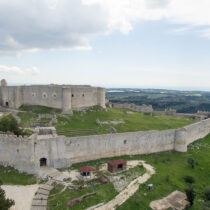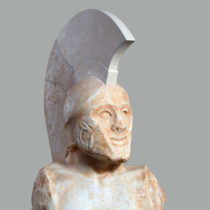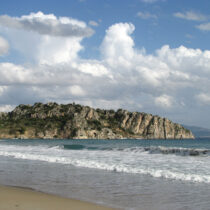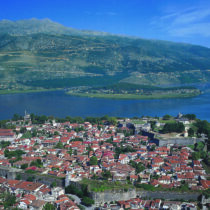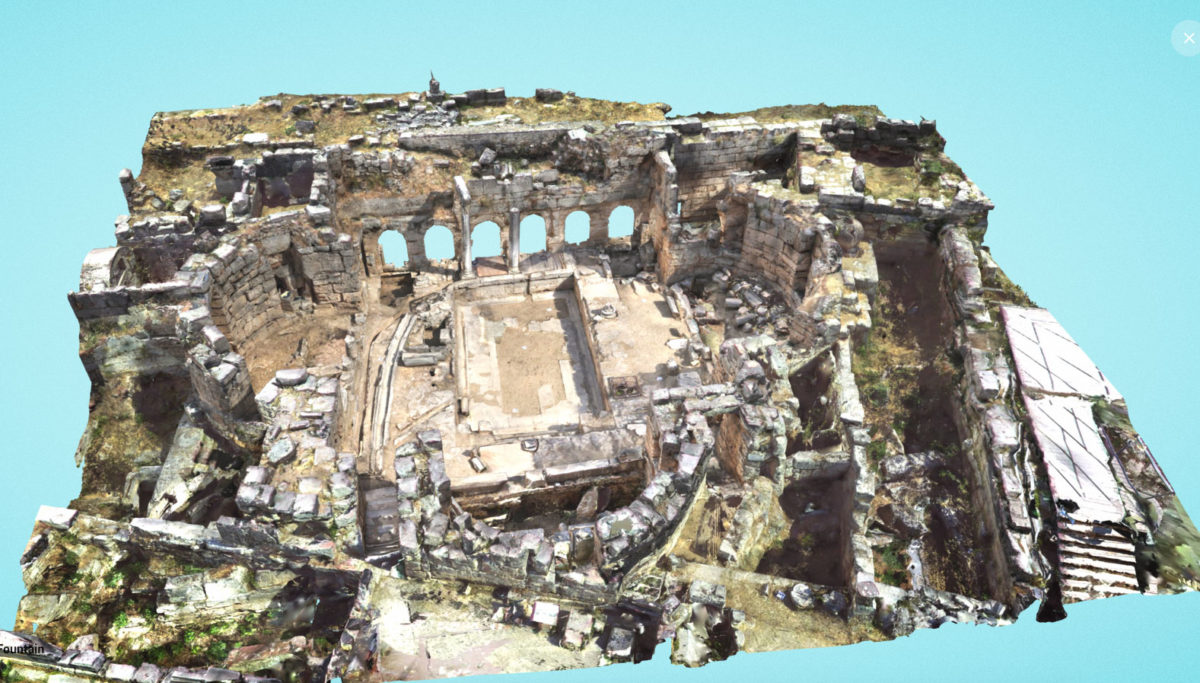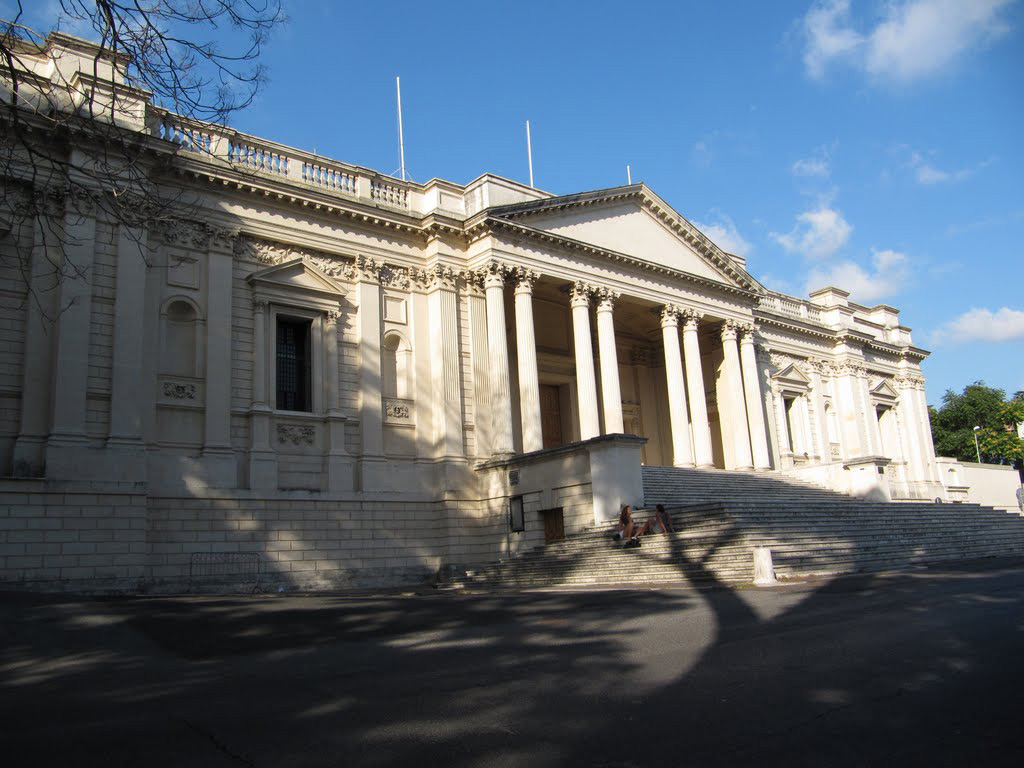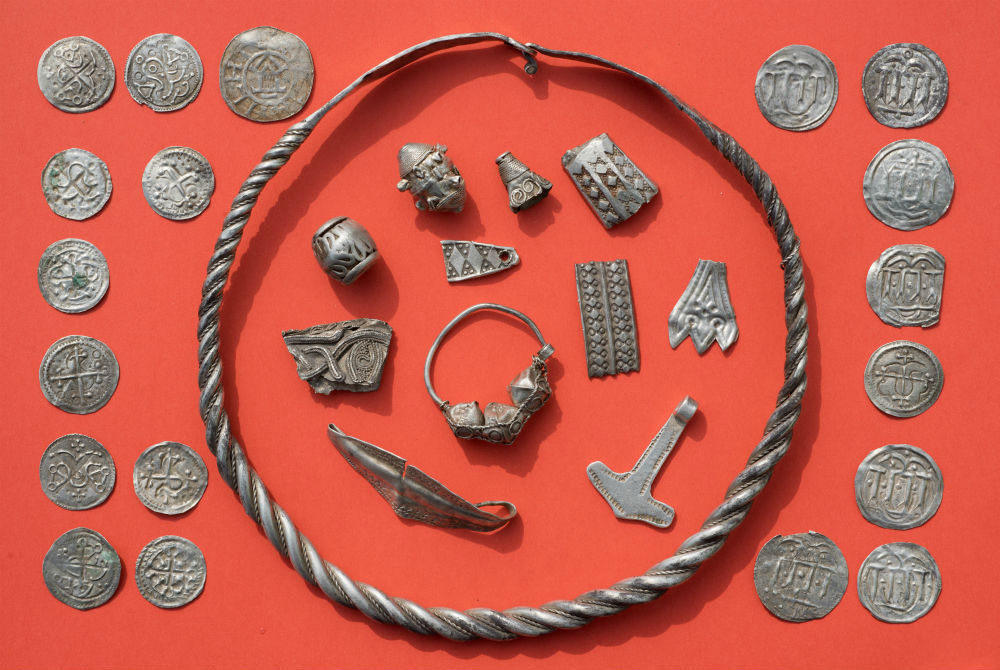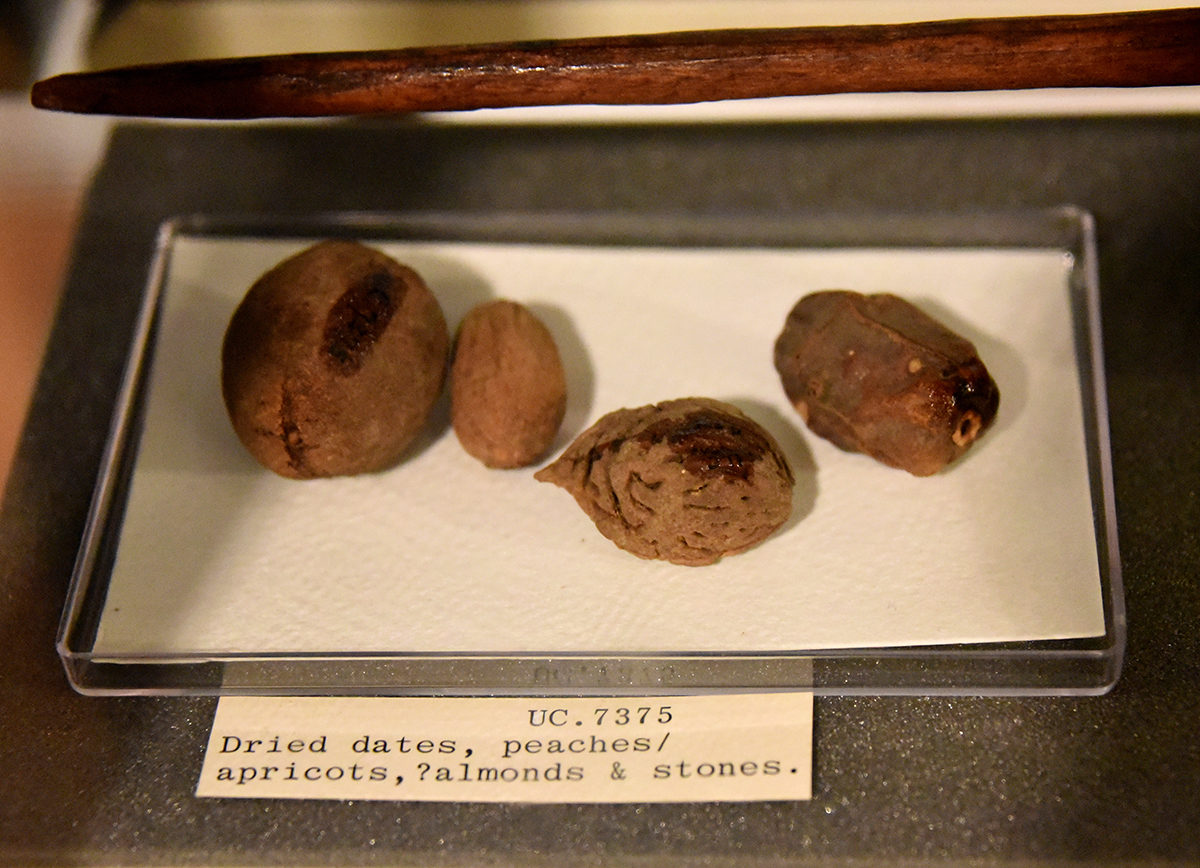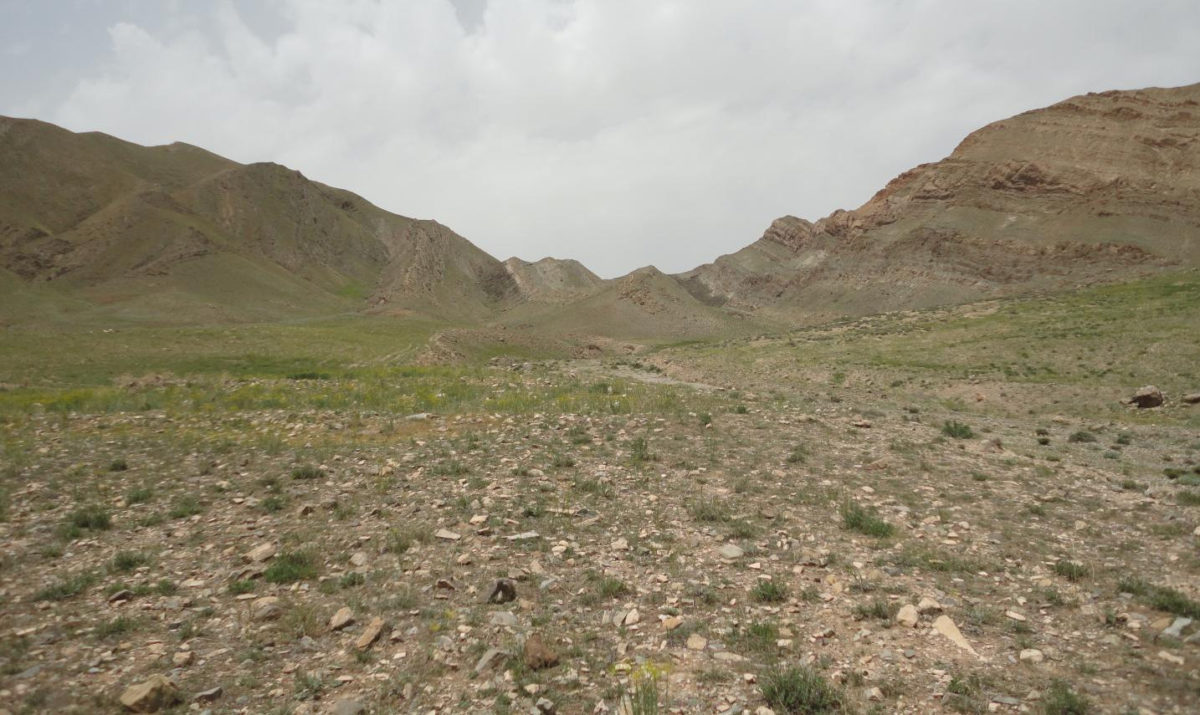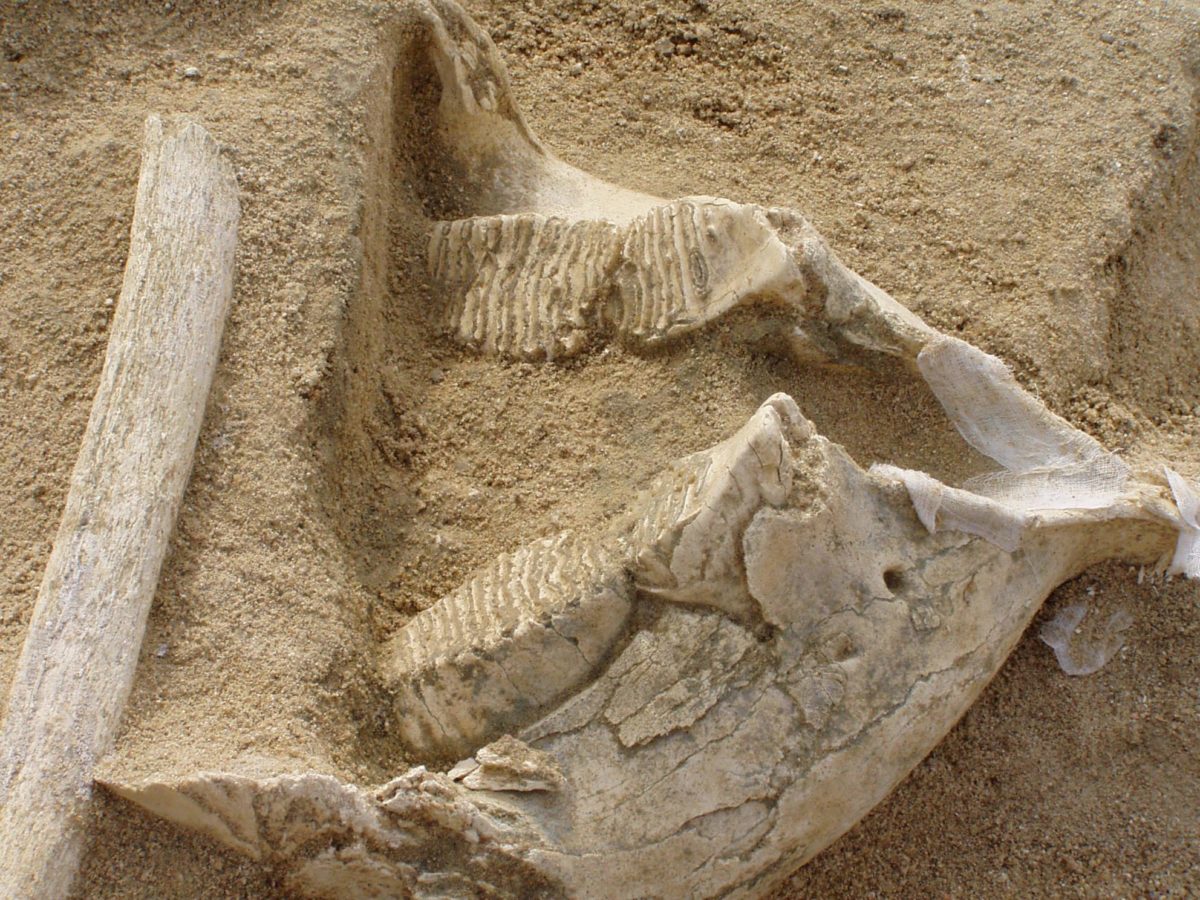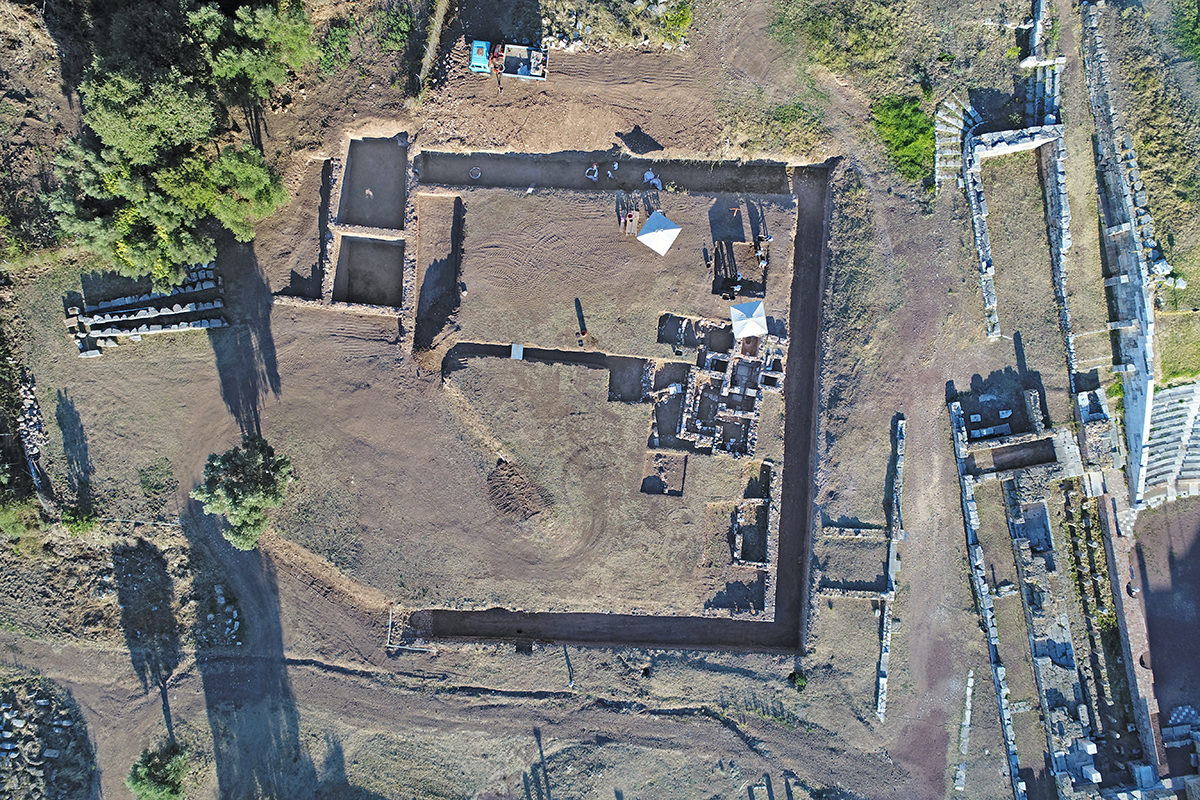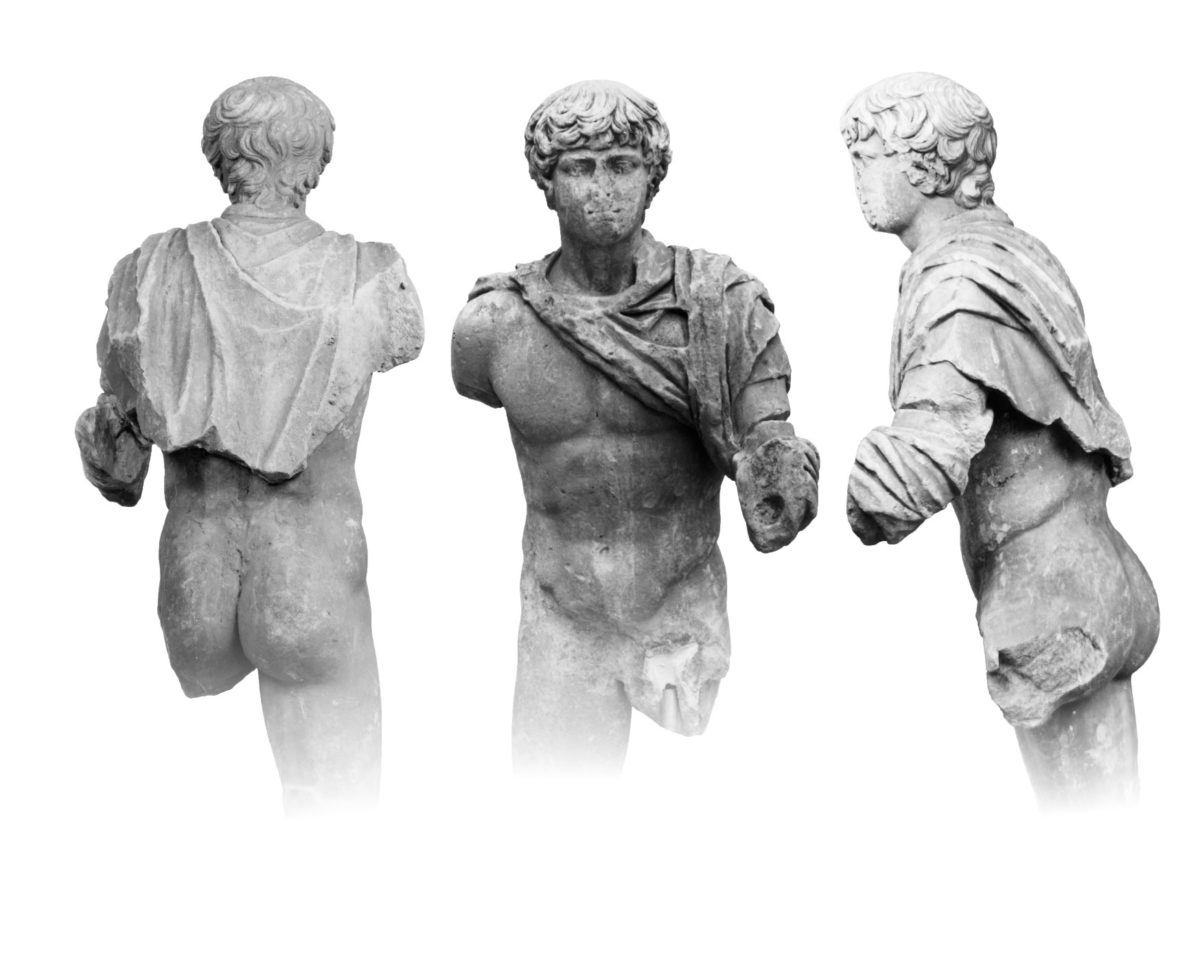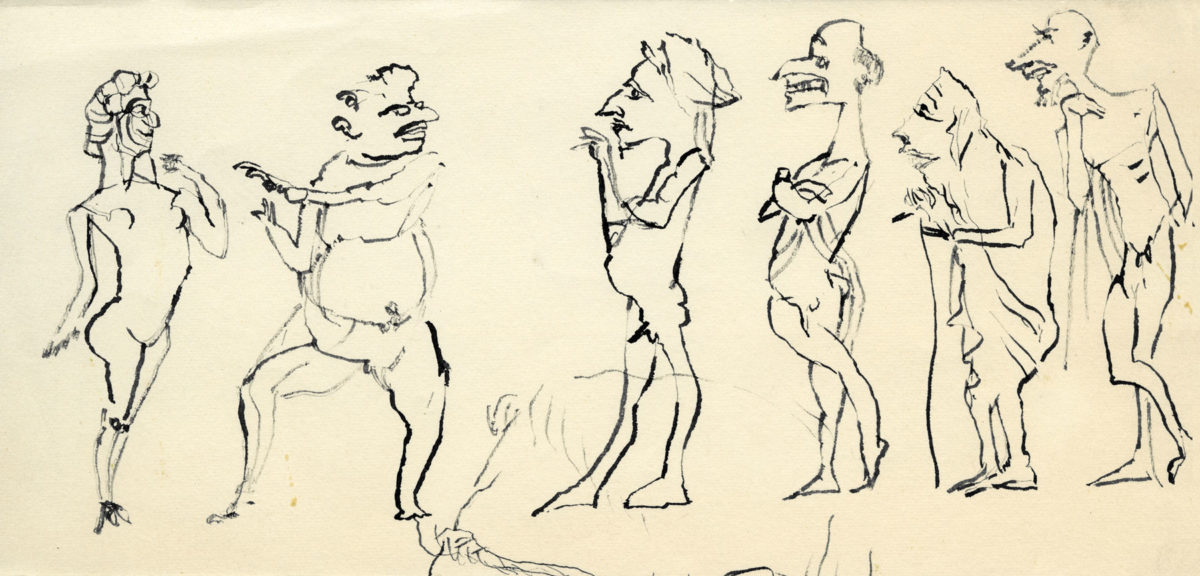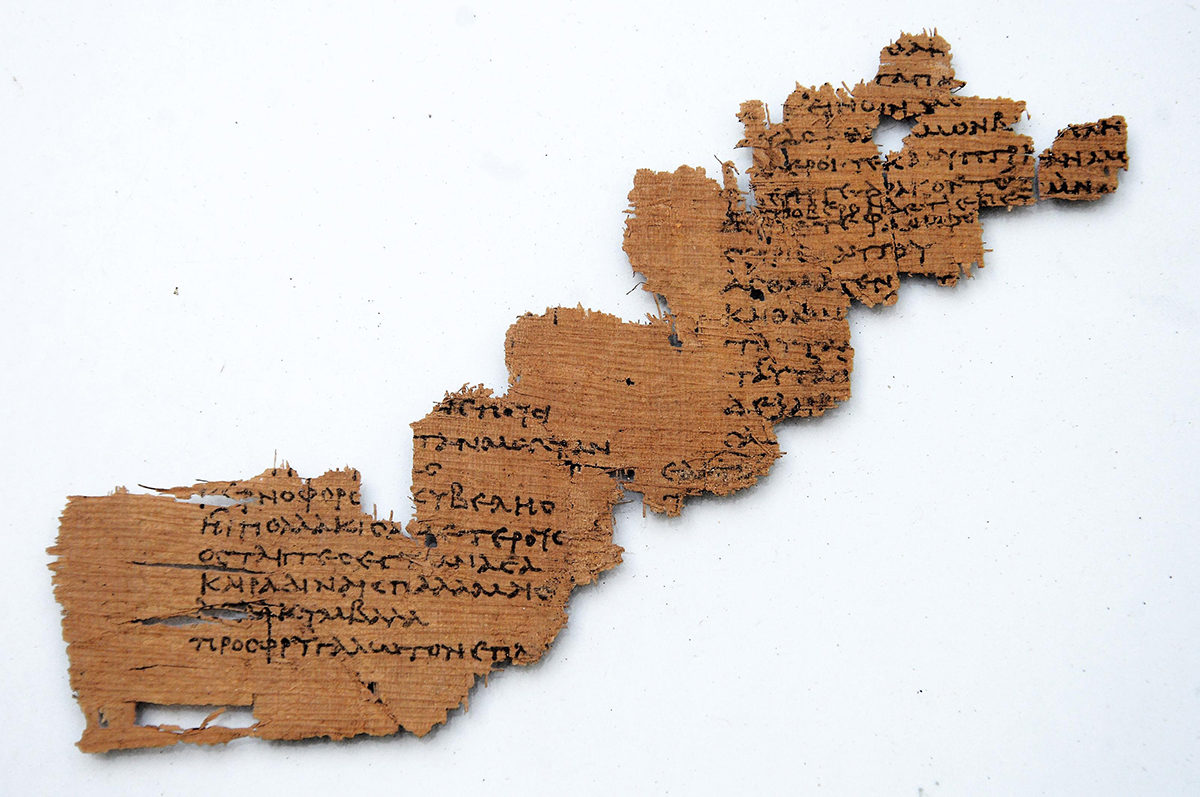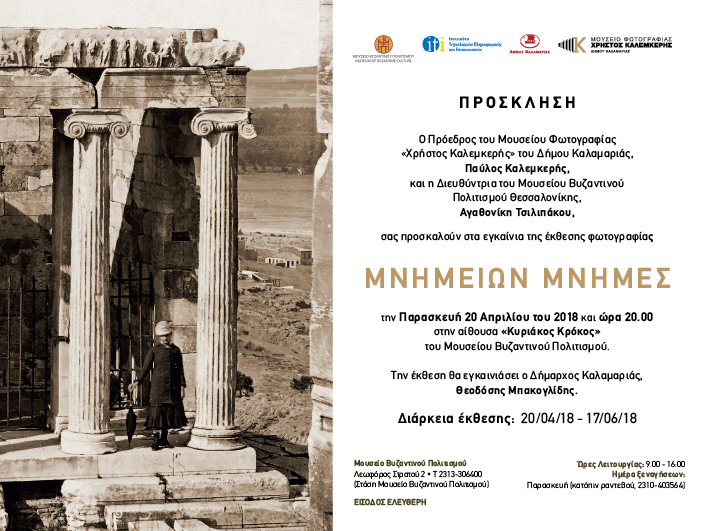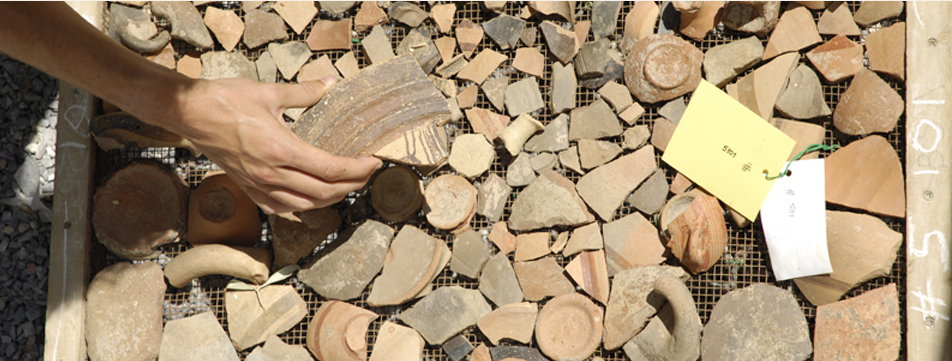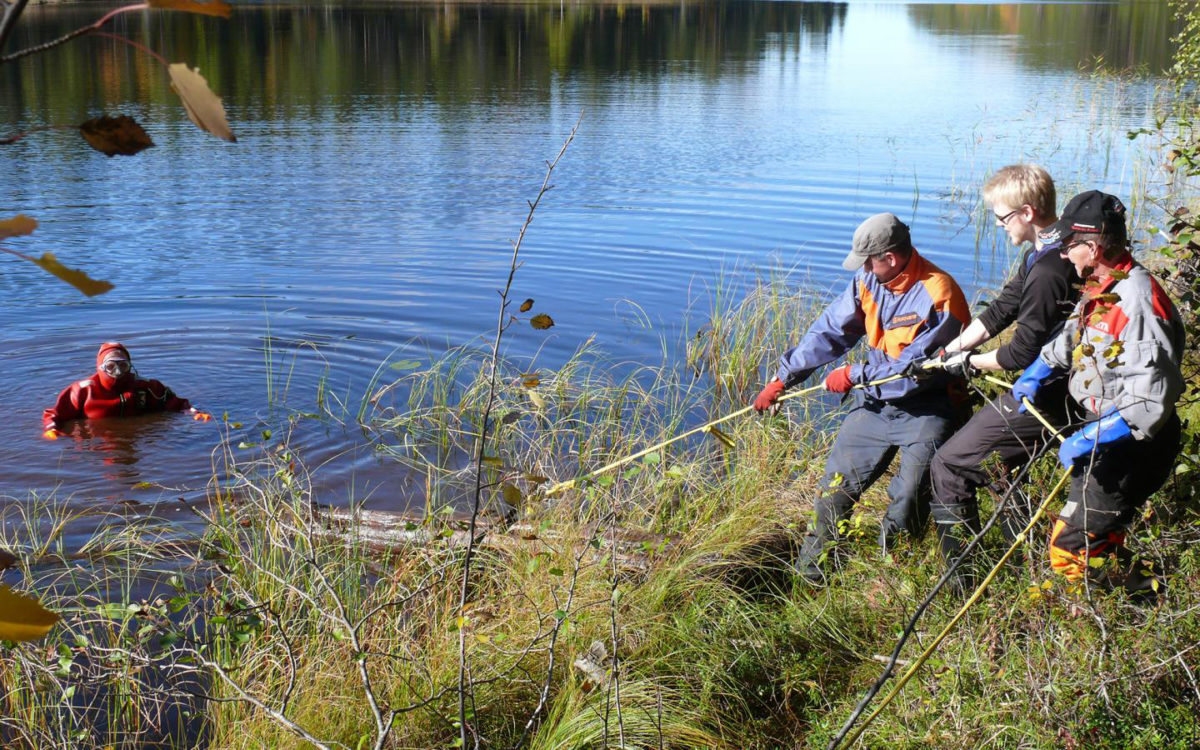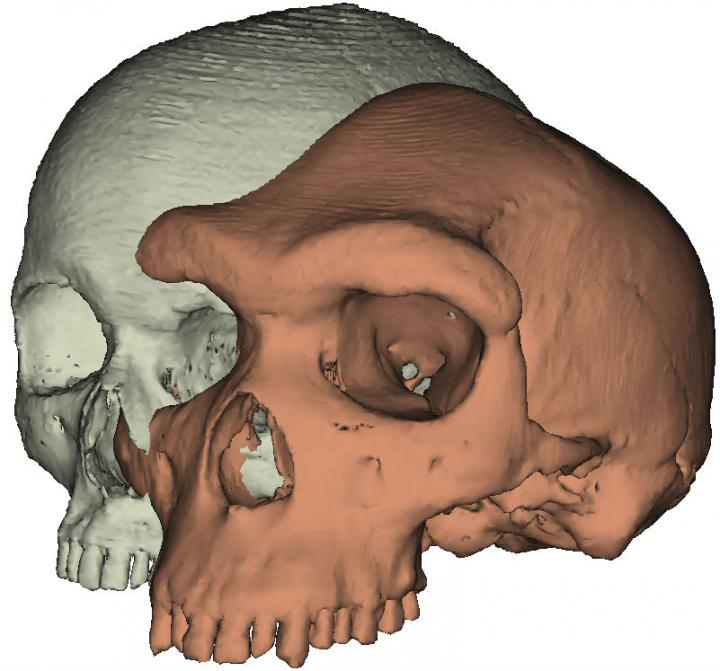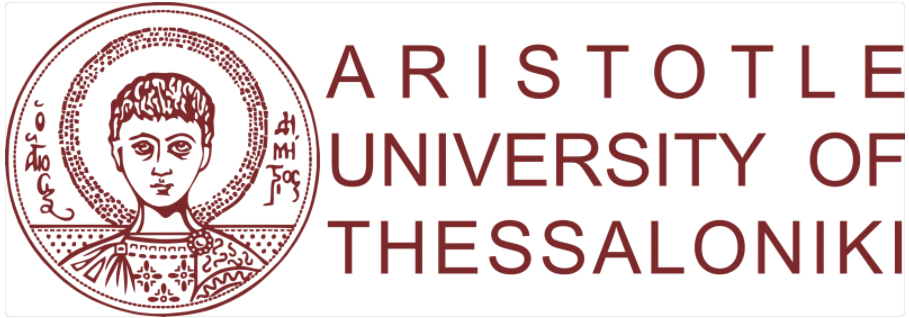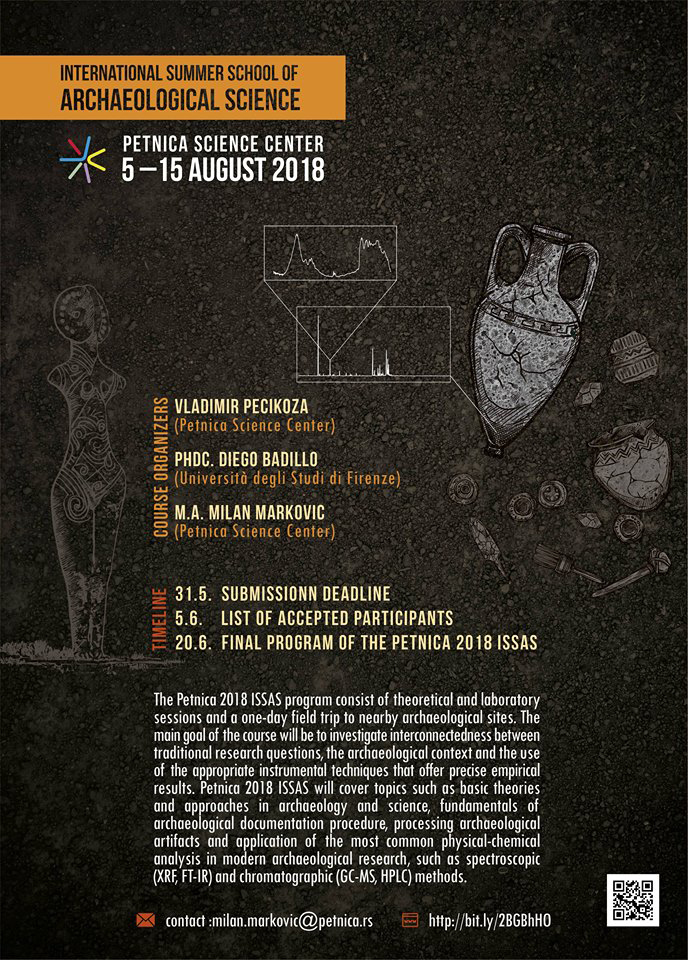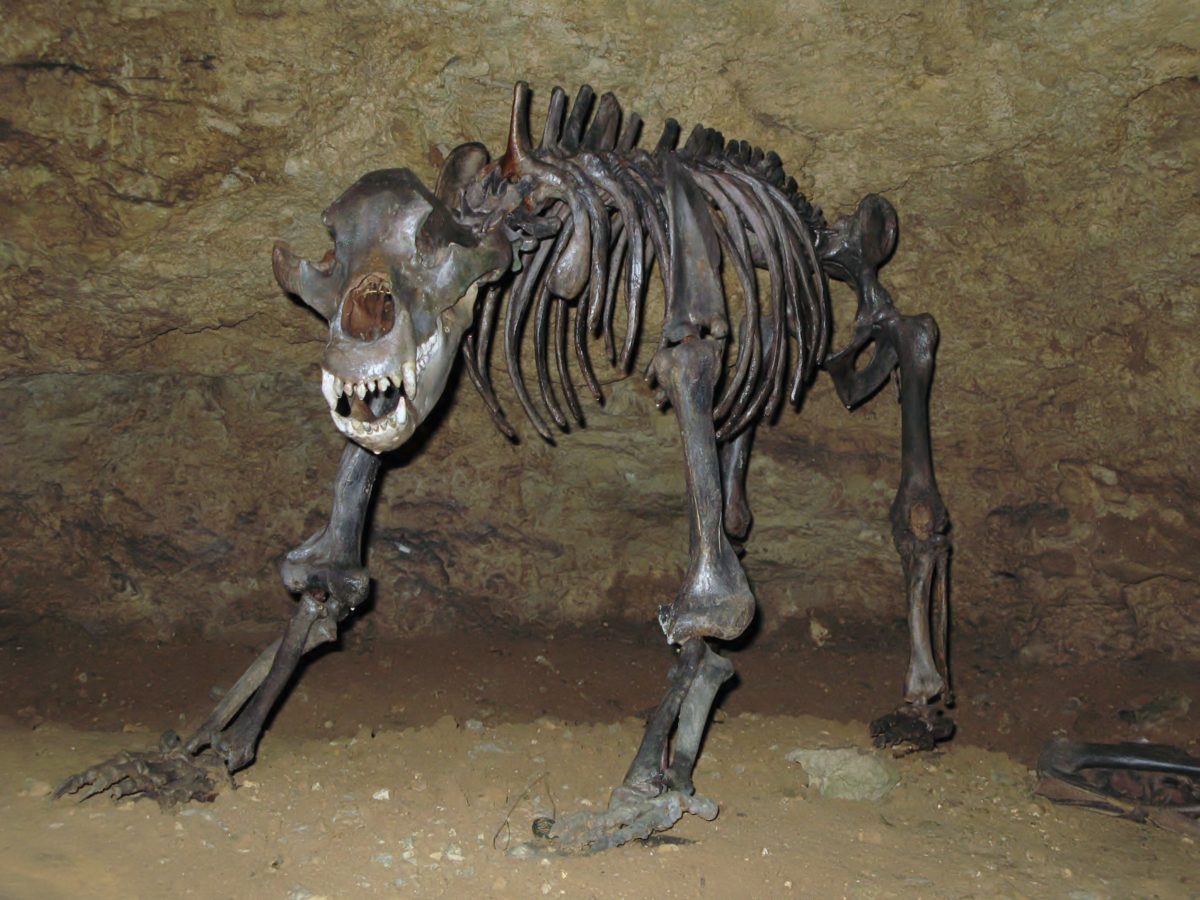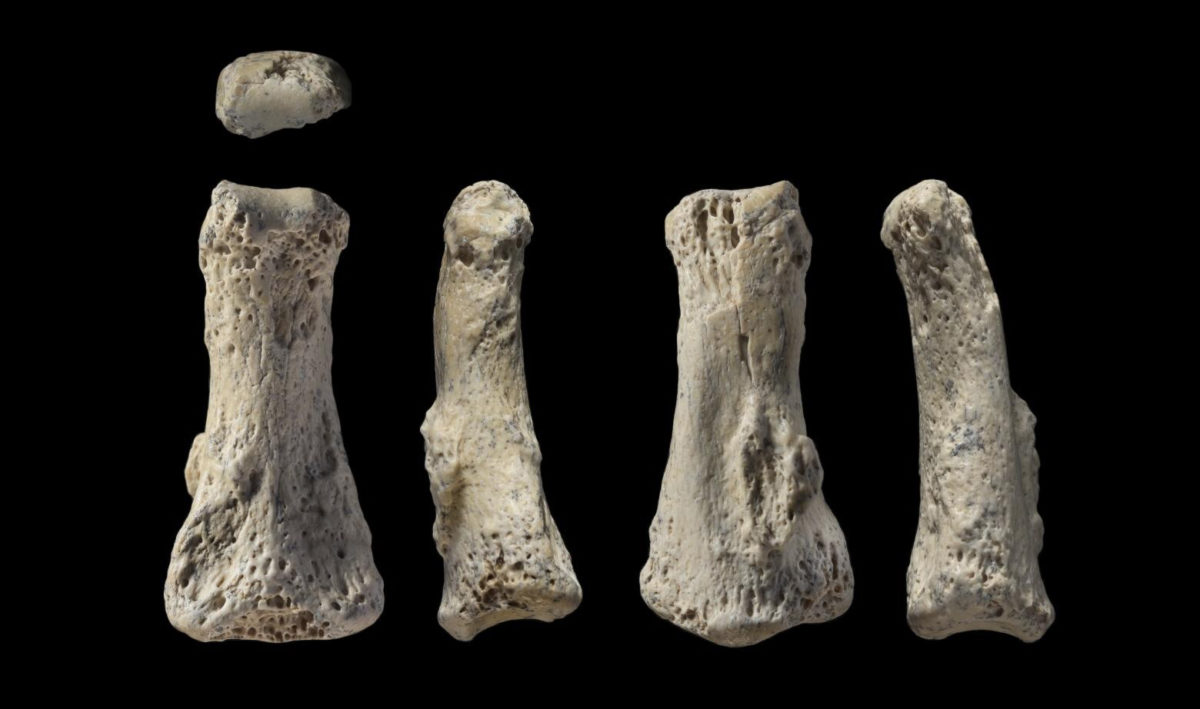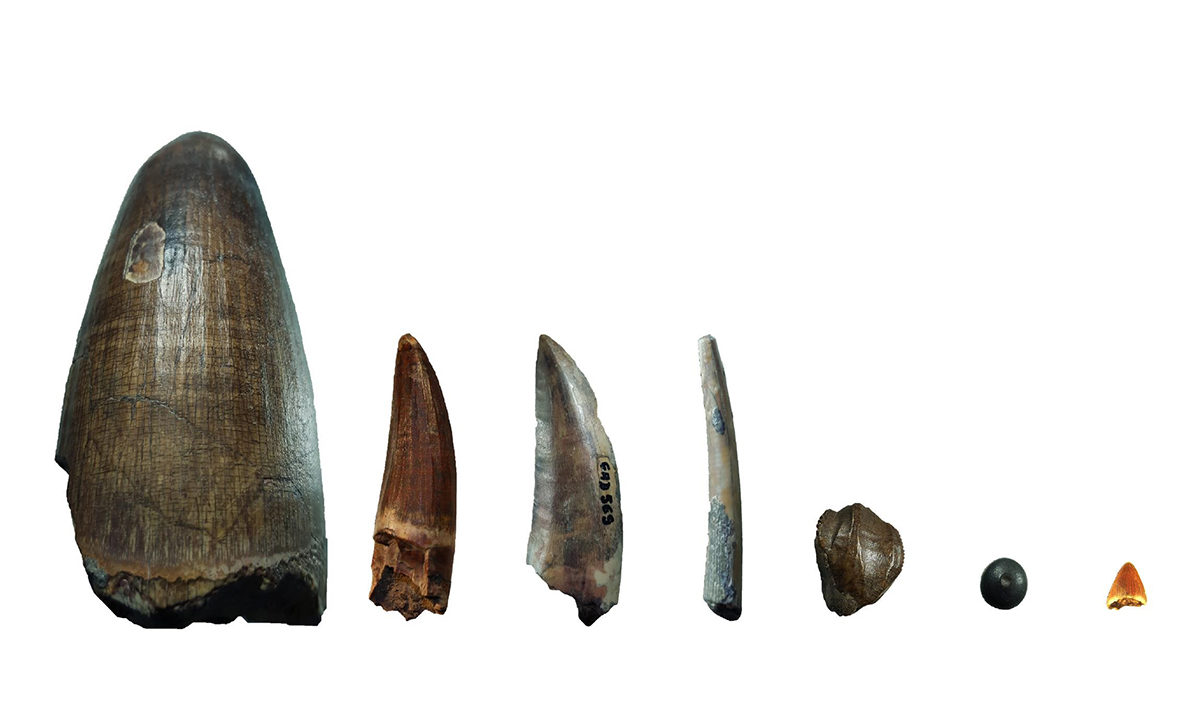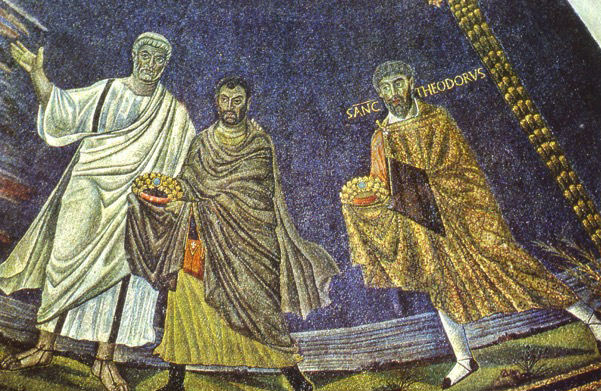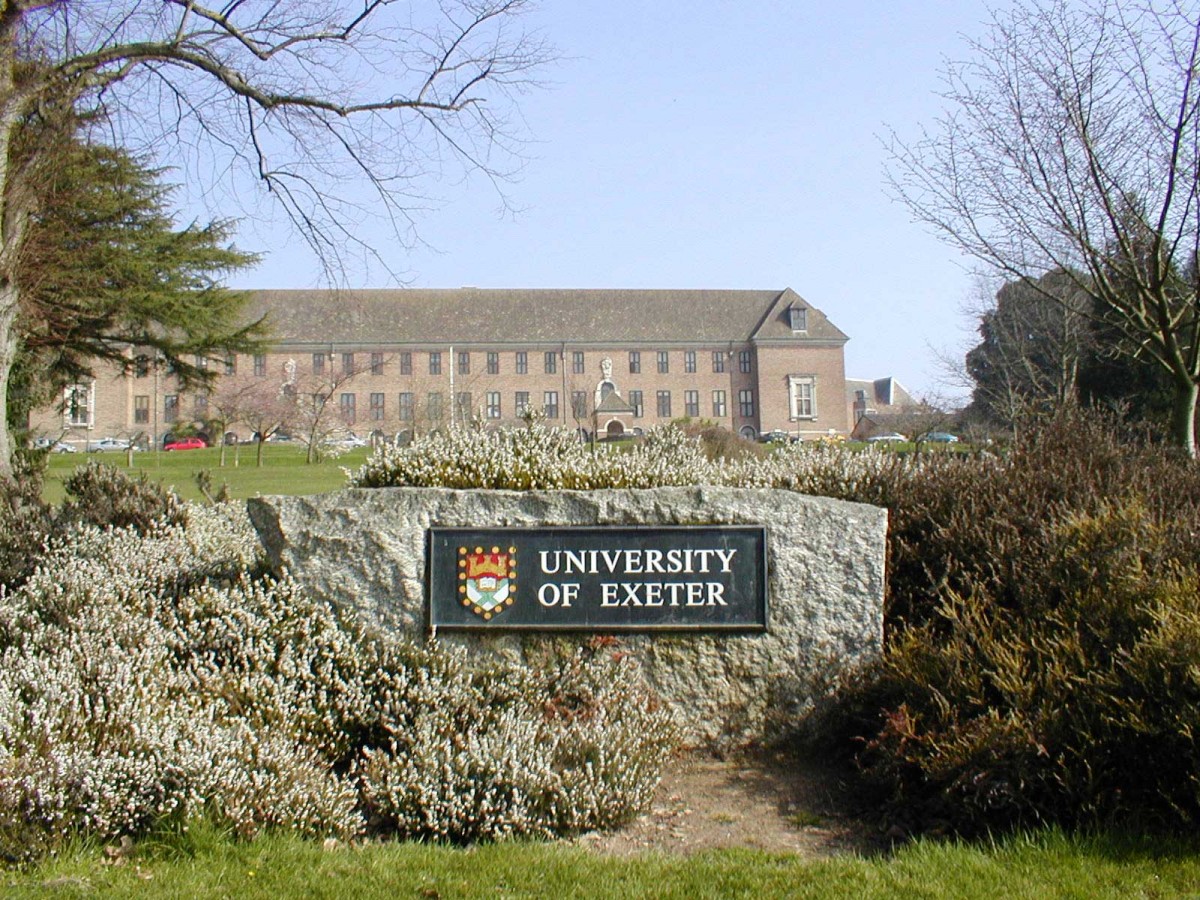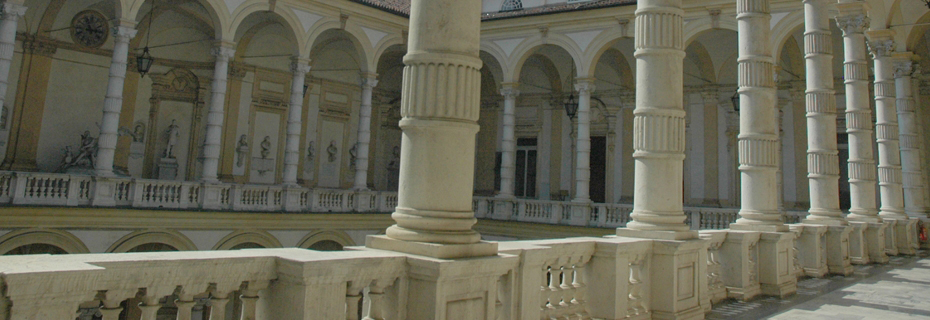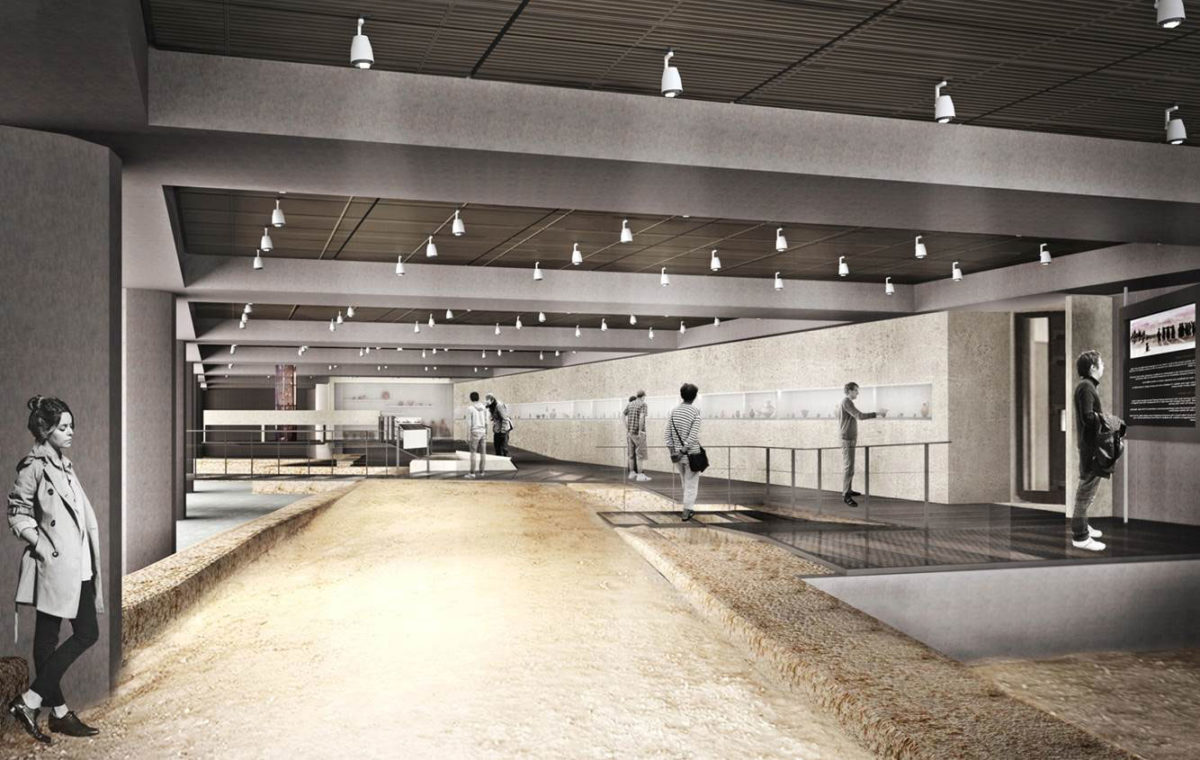3D representation of Ancient Corinth and other monuments
Google Arts & Culture and the non-profit organization CyArk are collaborating to create the biggest 3D online archive of the world’s endangered cultural monuments.
British School at Rome – Assistant Directorships
The British School at Rome (BSR) is seeking to appoint an Assistant Director for the Humanities and Social Sciences and an Assistant Director for Archaeology and Archaeological Science.
Treasure found of famous 10th century Danish king
The treasure consists of hundreds of coins, pearls, a Thor‘s hammer, broken rings and brooches as announced by the German Press Agency (DPA).
Work in Progress: Annual Archaeobotany in Egypt Meeting
The second annual meeting of archaeobotanists working in Egypt.
Studying oxygen, scientists discover clues to recovery from mass extinction
A research team, led by scientists from Arizona State University and funded by NASA and the National Science Foundation, is helping to understand why this extinction event happened and why it took life so long to recover.
Madrid has one of the greatest concentrations of sites with remains of elephants and mammoths in Europe
The importance of the valleys of the rivers Manzanares and Jarama in studying the relationship between human groups prior to our own species and proboscideans.
Serapis and Isis in ancient Messene
The Society of Messenian Archaeological Studies hosts a photographic exhibition on the sanctuary of Isis and Serapis, which has opened earlier this week.
“The Youth of Mantineia” at the National Archaeological Museum Athens
The statue of a youth is exceptional, combining the heroic nudity of the adolescent with the features of Antinous, favourite of the emperor.
Nikos Hadjikyriakos-Ghika: Painting for Books
Τhe exhibition, combining painting and literature, offers to the public a great chance to admire older publications and to discover Ghika’s art of illustration.
New digital research tool for Classical scholars
The Digital Corpus of Literary Papyri (DCLP), a new digital tool for researching ancient literature, is now available.
Permit requested by Real Madrid TV channel to film on the Acropolis
In their request for a permit from the CAC, the Spanish TV crew talks about a three hour filming session to cover the basket ball games between Panathinaikos and Real Madrid.
Scholarships in Greek Archaeology in the UK
Scholarships in Greek Archaeology in the UK for 2018/2019 have been announced by the Greek Archaeologicla Committee UK (GAKUC).
Roman times: Unusual climate plunged Eurasia into hunger and disease
A recent study published in an esteemed academic journal indicates that volcanic eruptions in the mid 500s resulted in an unusually gloomy and cold period.
Why expressive brows might have mattered in human evolution
Research to raise a few eyebrows: Why expressive brows might have mattered in human evolution.
12th Trends in Classics
Final reminder for the registration at the 12th Trends in Classics International Conference.
International Summer School of Archaeological Science
Petnica 2018 ISSAS will take place from August 5th to 15th 2018 at Petnica Science Center (Serbia).
The ban of the cave bear
Researchers from Germany, Italy and Canada have conducted analyses to find out what likely caused the extinction of these large herbivores.
First human migration out of Africa more geographically widespread than thought
A project led by the Max Planck Institute for the Science of Human History has discovered a fossilized finger bone of an early modern human in the Nefud Desert of Saudi Arabia, dating to approximately 90,000 years ago.
The dinosaur menu, as revealed by calcium
By studying calcium in fossil remains in deposits in Morocco and Niger, researchers have been able to reconstruct the food chains of the past, thus explaining how so many predators could coexist in the dinosaurs’ time.
The Cult of Saints in Late Antiquity
The Cult of Saints in Late Antiquity project is a major 5-year ERC-funded research project, based primarily in Oxford, supported by a team in Warsaw.
Leventis Postdoctoral Research Associate in Hellenic Studies at Exeter
The University of Exeter wishes to recruit a Postdoctoral Research Associate in Hellenic Studies.
The Forgotten Theatre II
The Conference will be held on the 29th (or 28th)- 30th of November 2018 at the University of Turin.
The Acropolis Museum excavation has become an archaeological site open to the public
While excavating the Makriyannis plot of land, part of the ancient city’s residential network came to light in successive construction phases.
